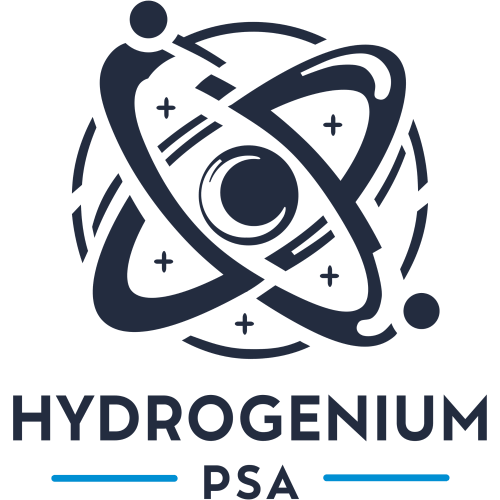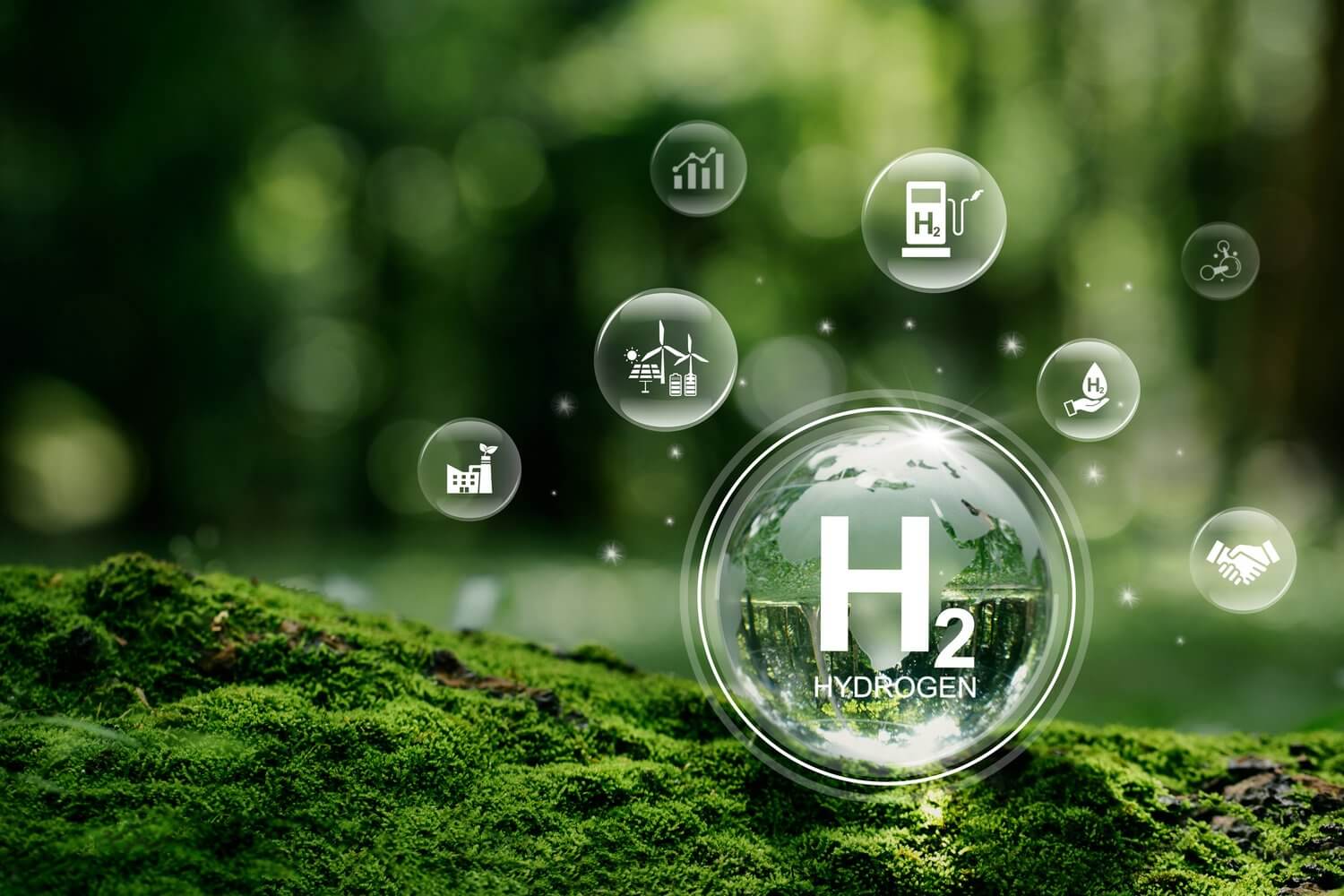Hydrogen production is emerging as a key pillar of the global energy transition, but choosing the right technology is essential for optimizing efficiency, cost-effectiveness, and emission reductions. This infographic highlights a comparison between two groundbreaking methods: Plasma Gasification, developed by HYDROGENIUM PSA (Simple Joint Stock Company), and hydrogen production using alkaline electrolyzers, based on scientific research, technical data, and life cycle analysis (LCA).
Plasma Gasification: A Game-Changer in Hydrogen Production
Plasma gasification requires far less electricity by utilizing the chemical energy present in biomass. The process leverages high-temperature plasma to split water vapor into oxygen and hydrogen. 🌡️ Through advanced heat exchangers integrated into the reactor’s output, we recover a significant portion of the process heat, further improving energy efficiency.
Our innovative electrode-free plasma torch is far more efficient and economical than traditional electric arc technologies, offering a next-generation solution for clean hydrogen production.
Negative Carbon Footprint: A Path to Climate Neutrality
The carbon footprint of our plasma gasification process is negative! Carbon dioxide generated during biomass gasification is:
- Captured,
- Liquefied, and
- Used in industrial applications or stored through permanent carbon sequestration.
All equipment is manufactured in the European Union, reducing emissions linked to transportation while eliminating reliance on rare earth metals and non-European strategic resources.
Why Choose Plasma Gasification Over Alkaline Electrolyzers?
- Higher energy efficiency
- Lower operational costs
- Smaller carbon footprint
While alkaline electrolysis may be more attractive due to EU subsidies for RFNBO (Renewable Fuels of Non-Biological Origin), plasma gasification offers a sustainable and scalable alternative for biomass-based hydrogen production. 🌾💧
Making the Right Choice for a Sustainable Future
When choosing a hydrogen production technology, decision-makers should consider:
- Local conditions
- Resource availability
- Strategic decarbonization goals
By investing in innovation, we can unlock the full potential of cutting-edge technologies and accelerate progress toward climate neutrality. 🌍💚

